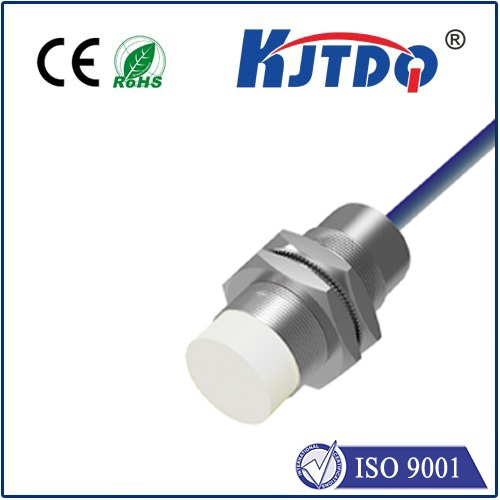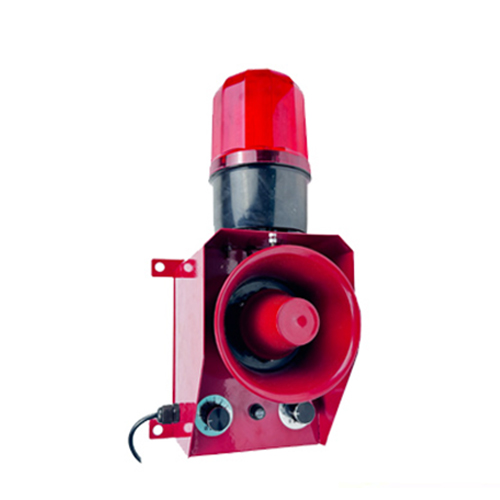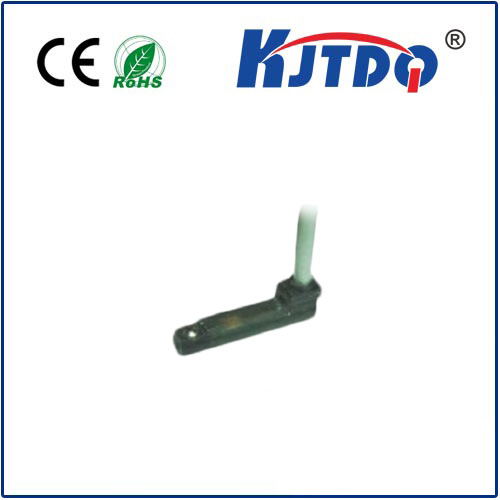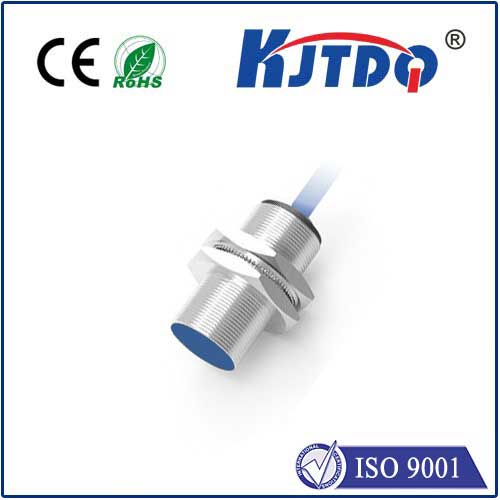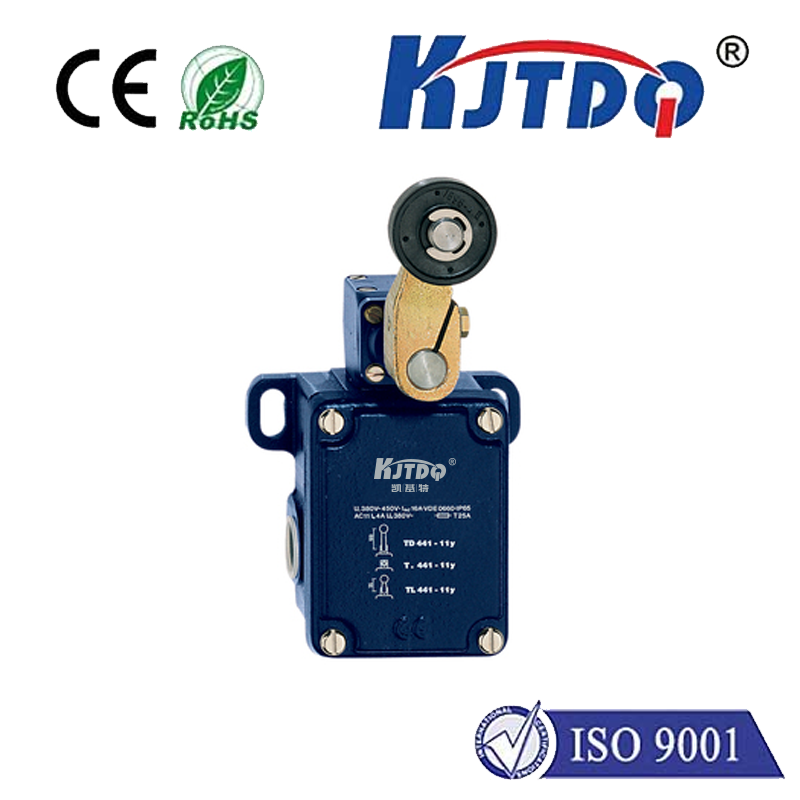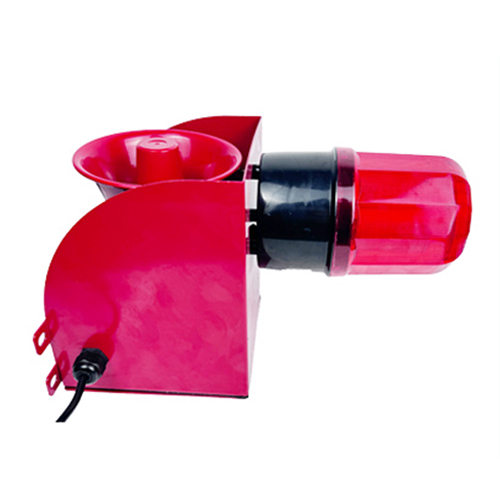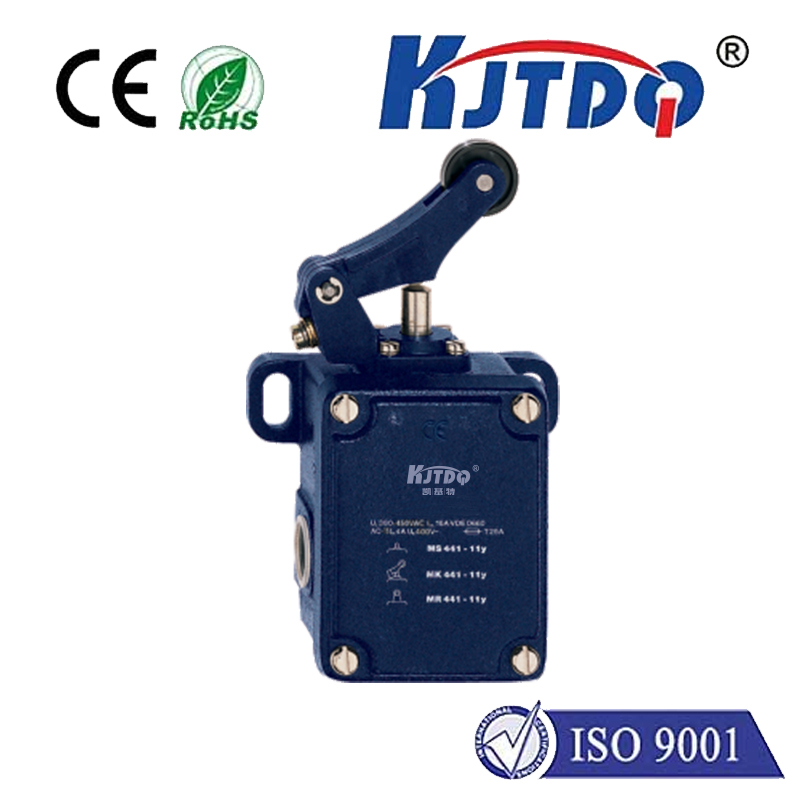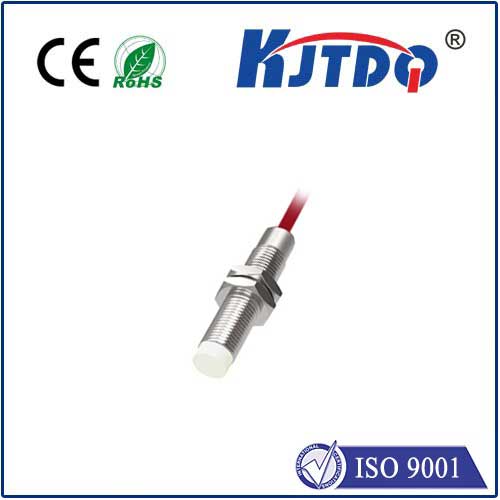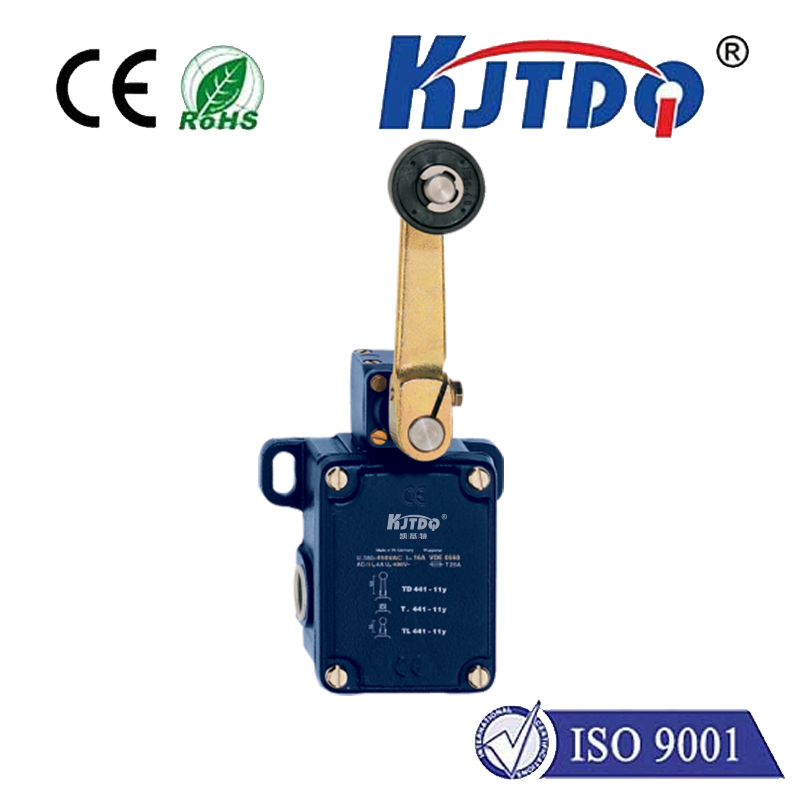вспомогательный ограничитель
- time:2025-08-04 12:00:28
- Нажмите:0
The Unsung Hero of Automation: Demystifying the Auxiliary Limit Switch
In the relentless hum and precise choreography of industrial automation, safety and reliability aren’t just ideals – they are absolute necessities. A single point of failure can cascade into costly downtime, damaged equipment, or even hazardous situations. Often working silently in the background, overshadowed by primary sensors and actuators, lies a critical component designed specifically to prevent such catastrophes: the auxiliary limit switch (ALS). This article explores why this seemingly simple device is a cornerstone of robust and failsafe control systems.
Beyond the Primary: Understanding the Auxiliary’s Purpose
A limit switch is a fundamental sensor. It detects the presence or absence of an object, or the movement of a component to a specific position, and sends an electrical signal to a control system (like a PLC - Programmable Logic Controller). Think of a machine door: the Главный ограничитель confirms the door is securely closed before allowing the machine cycle to start. Its primary function is central to the main operation.
An вспомогательный ограничитель, however, serves a different, equally vital purpose:
- Redundancy & Safety: Its primary role is to provide an independent, redundant verification signal. If the main limit switch fails (stuck contacts, mechanical breakage, wiring fault), the auxiliary switch acts as a backup sentry. It confirms or contradicts the main switch’s signal, providing the control system with crucial information to initiate a safe shutdown or prevent an unsafe start.
- Diagnostics & Fault Detection: By comparing the states of the primary and auxiliary switches, intelligent control systems can instantly detect inconsistencies. Auxiliary limit switch signals are invaluable for predictive maintenance, alerting operators to potential switch problems before they lead to a failure of the primary function.
- Position Verification: In critical applications requiring absolute certainty about a component’s position (e.g., elevator doors, safety guards on presses, robot arm positions), the ALS provides a second layer of position confirmation, enhancing overall system integrity.
How It Works: Adding a Layer of Confidence

Conceptually, an auxiliary limit switch is typically mechanically linked to the main switch it monitors. As the actuator (lever, roller plunger, etc.) of the primary switch moves, it simultaneously actuates the auxiliary switch. They are physically bound to experience the same external conditions.
The key difference lies in the wiring and the signal interpretation by the controller:
- Primary Switch: Directly wired into the control circuit governing the main machine function (e.g., “Motor Start”).
- Auxiliary Switch: Independently wired to the PLC or safety controller as a separate input channel. Its signal is not used to directly control the main function but to Начальник отряда the state of the primary switch or the position.
Control logic is then programmed to check for agreement. For instance:
- If the primary switch signals “Door CLOSED” and the auxiliary switch also signals “CLOSED,” operation proceeds normally.
- If the primary signals “CLOSED” but the auxiliary signals “OPEN,” a fault is immediately flagged. The control system knows it cannot trust the primary switch signal and will prevent the unsafe start of the machine.
- Similarly, disagreement during an operation can trigger a safe stop condition.
Where Does the Auxiliary Limit Switch Shine?
ALS implementation is crucial in applications where safety is paramount or where downtime is extremely costly:
- Safety Interlocks: Machine guards, access doors, and enclosures protecting personnel. An ALS ensures a failed primary switch doesn’t falsely indicate a safe condition.
- Critical Positioning: Elevator and hoist landing verification, valve position confirmation in process control, precise stops on automated guided vehicles (AGVs).
- High-Cycle/High-Impact Environments: Machinery subject to vibration, shock, or millions of cycles where switch wear and failure rates are higher. The ALS provides early warning.
- Redundancy Requirements: Industries adhering to stringent safety standards (e.g., SIL - Safety Integrity Level in process industries, PL - Performance Level in machinery) often mandate redundant sensing architectures.
Selecting and Implementing Auxiliary Limit Switches Effectively
Choosing the right auxiliary limit switch involves careful consideration:
- Mechanical Compatibility: Must match the actuation type (lever, roller plunger, whisker) and force requirements of the primary switch it monitors. Simultaneous actuation is critical.
- Electrical Ratings: Voltage, current, and contact configuration (NO/NC - Normally Open/Normally Closed) must suit the control input requirements. Often, auxiliary switches use lower current ratings since they signal PLC inputs, not power loads.
- Environmental Durability: Must withstand the same harsh conditions (temperature, moisture, dust, chemicals) as the primary switch.
- Reliability: Opt for switches from reputable manufacturers known for quality and longevity. The ALS is your last line of defense.
- Mounting: Secure, vibration-resistant mounting is essential to maintain accurate physical linkage and prevent false signals.
Key Benefits: Why You Can’t Afford to Ignore It
Integrating auxiliary limit switches delivers significant advantages:
- Повышение безопасности: Dramatically reduces the risk of accidents caused by undetected primary switch failures. This is the paramount benefit.
- Increased Uptime & Reduced Costs: By detecting switch degradation early, maintenance can be performed proactively before a failure causes unplanned stoppages and potential damage. Minimizes costly production halts.
- Improved Diagnostics: Provides unambiguous fault data, speeding up troubleshooting and repair.
- Regulatory Compliance: Facilitates meeting stringent machinery safety standards requiring redundancy or diagnostics for safety-related functions.
- Peace of Mind: Adds a vital layer of confidence in the reliability and safety of your automated systems.
Выводы
In the intricate ecosystem of industrial automation, the auxiliary limit switch plays a role far more significant than its modest size might suggest. It is not merely a duplicate sensor; it is a dedicated watchdog. By providing independent verification, enabling critical diagnostics, and creating essential redundancy, auxiliary limit switches are fundamental to building failsafe systems where human safety and operational continuity are non-negotiable. In environments demanding unwavering reliability, this unsung hero is an indispensable component of a truly robust control strategy. Investing in their proper selection and implementation is an investment in safety, efficiency, and peace of mind.

